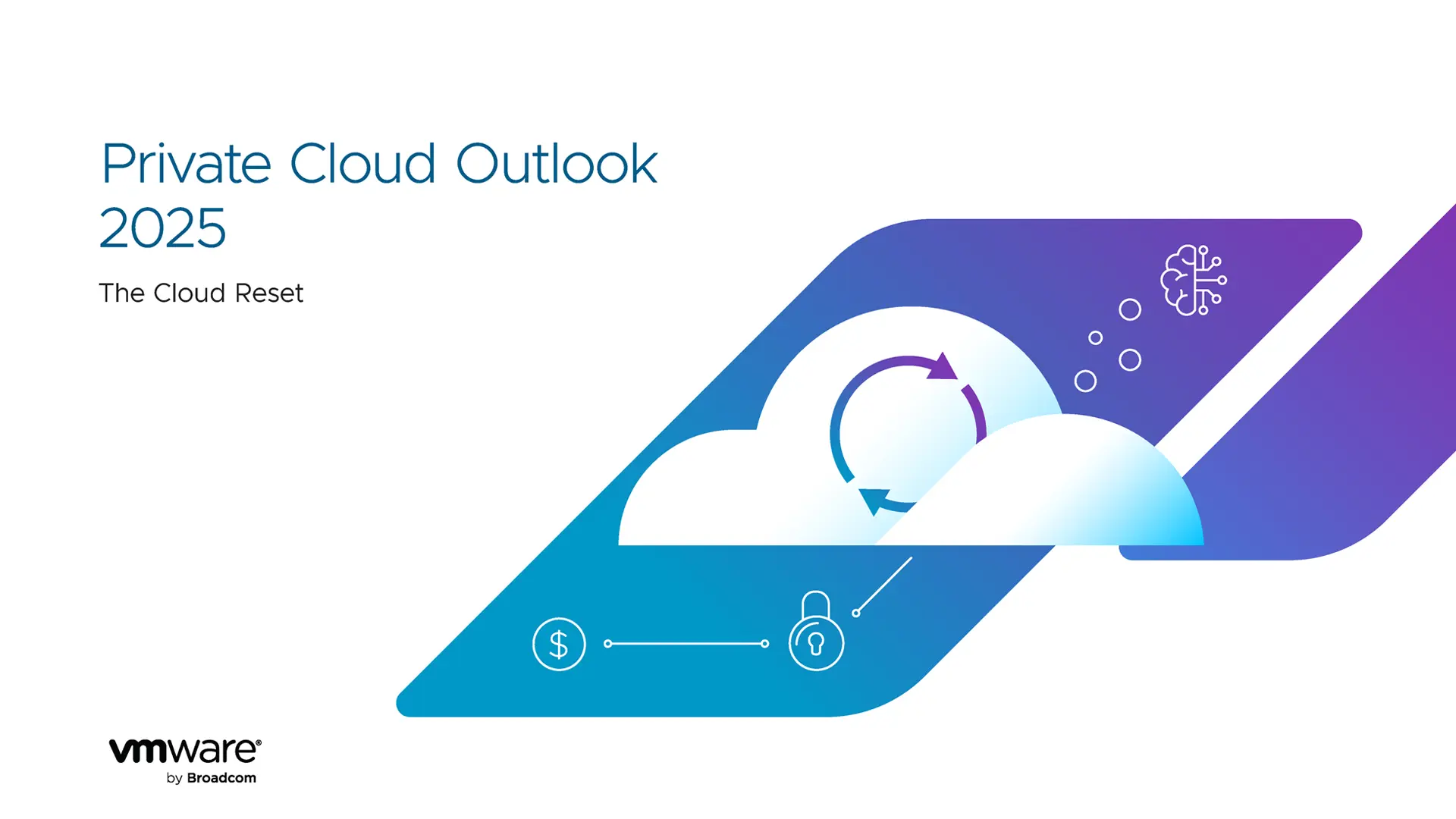Chances are high you, or someone you know, attempted to buy tickets for the upcoming Oasis reunion tour. The general sale through Ticketmaster was one of the most highly anticipated ticket drops in years, but it was plagued with issues. From site crashes to unexpected price increases, we are reflecting on what went wrong with the sale, and how your organisation can apply these lessons to handling your own high-traffic events.
What were the issues with the Ticketmaster Oasis sale?
While long wait times in the virtual queue were expected, and unavoidable with the level of demand, fans experienced a number of unpleasant surprises when attempting to purchase tickets. There were three main issues identified with the Ticketmaster Oasis sale – insufficient scaling of resources, unclear dynamic pricing, and the bot problem.
Insufficient scaling of resources
Some fans attempting to purchase tickets were met with error messages, and some experienced a full crash of the site, either preventing them from accessing the virtual queue in the first place, or losing their position. While there can be many causes for a site crash or error message, in this instance it seems to have been due to insufficient scaling of resources. This especially frustrated fans as the incredibly high demand was expected, with clear hype around the ticket sale.
Ticketmaster uses containerisation, a method of virtualisation, to scale its resources for high-traffic ticket sales. Containers can be quickly created and deployed to scale up resources, with tools allowing for the management of multiple containerised workloads. While containerisation is effective for scalability, in the instance of the Oasis ticket sale, Ticketmaster seems to have underestimated the amount of traffic it would receive, and not sufficiently scaled up before the drop.
Unclear dynamic pricing
A common complaint following the Oasis ticket sale has been the unexpectedly high prices for tickets. While tickets were advertised at one price, after virtually queueing for hours, fans found the price of tickets had risen. Standing tickets advertised at £135 more than doubled to £355 due to the dynamic pricing used by Ticketmaster.
Dynamic pricing is the practice of adjusting prices according to demand. A commonly seen example is the varied prices of an uber journey, where fares increase at peak times. Ticketmaster’s dynamic pricing uses real-time data processing, algorithms and AI to assess how quickly tickets are selling and what customers are paying, which informs the increase in prices. Not all Ticketmaster ticket sales use the dynamic pricing model – the artists/organisers of the event can choose whether to have set prices or use dynamic pricing.
While dynamic pricing is an interesting application of recent technological advances, and leads to increased profits for artists and ticket sites, it has caused significant controversy.
Hundreds of official complaints were made about the dynamic pricing, comparing the practice to false advertising. The UK government has pledged to add the topic of dynamic pricing to their consultation into ticket resale websites, with UK Prime Minister Keir Starmer speaking on BBC 5 Live about how ticket sales practices are ‘pricing people out of the market’ (BBC).
The bot problem
The live entertainment industry has been plagued by bot activity during ticket sales. Bots can bulk purchase tickets automatically for high-demand events, selling out sites before genuine fans have a chance. These tickets are then resold on third-party sites for a high profit. Legislation is in place in many countries banning the use of bots to buy tickets (UK, U.S.), but this has not effectively stopped the practice.
This issue is exacerbated during highly anticipated sales, and has caused problems for Ticketmaster in the past. In November 2022, for example, Ticketmaster suffered a website outage during their initial drop of tickets for the Taylor Swift Eras Tour. They blamed the outage on mass bot usage, with the site receiving 3.5 billion requests in just one day, and had to temporarily suspend sales.
Ticketmaster has since implemented measures such as their ‘Verified Fan’ programme, blocking known bots, and an automatic bot detection system to mitigate the problem, but this has had mixed success.
In the case of the Oasis ticket sale, the bot prevention measures appear to have prevented legitimate traffic. Many fans reported waiting in the queue for hours, only to be told their session was suspended, with an error message stating ‘something about your browsing behaviour or network made us think you were a bot’.
What lessons can we learn?
Reflecting on the issues Ticketmaster faced during the Oasis ticket sale, there are several lessons which can be applied to any organisation handling similar high-traffic events, whether this is a ticket drop, e-commerce sale, or seasonal promotion.
Sufficient scaling of infrastructure
Whichever method you use to scale your infrastructure, it is vital to effectively prepare before any high-traffic event. Review data from previous high-traffic events, and assess the hype around the event to forecast traffic and scale up your resources accordingly.
Another consideration is your infrastructure’s elasticity. An elastic solution automatically scales as traffic grows and shrinks, meaning that if your traffic spikes higher than expected, the capacity is increased, and the site remains online. This also means that resources can be reduced as soon as traffic drops, meaning you are only paying for the additional resources at the time they are needed. For an example of elastic scalability, read how we supported the NTAs to prevent downtime during their high-traffic voting periods.
Transparent pricing
While pricing decisions may be out of your hands if your organisation is selling products on behalf of a supplier, transparency around your pricing goes a long way towards customer goodwill. A large proportion of the complaints arising from the Ticketmaster Oasis sale were not around the prices themselves, but around the dynamic pricing model meaning that costs were not what people expected.
Clear communications around prices are therefore clearly essential to avoid this kind of public backlash, whether prices are fixed or dynamic. If you choose to employ a dynamic pricing model for a sale, this should be clearly communicated before the event to avoid the nasty shock for customers.
Traffic monitoring and identification of bots
Traffic monitoring and prevention solutions, such as IDS and IPS, can be effectively used to give you visibility and control over your site traffic. Both solutions can be configured to identify potential bot traffic, with IPS additionally having the capability to automatically block unwanted traffic.
However, as shown in this incident, it is essential to minimise the amount of legitimate traffic misidentified as bot activity and blocked. This is not a one-size-fits-all approach – your systems must be configured to your unique traffic, and continually optimised to improve their performance. With the correct configuration and management, these traffic monitoring and prevention systems can protect you from bot activity, while still allowing legitimate customers access.
Handle your own high-traffic events with ease
For advice on how to handle your own high-traffic events, speak to our cloud experts for an initial consultation. We have over a decade of experience managing highly scalable infrastructure across a wide range of sectors, and can work with your unique needs to design a solution that works for you and your customers.
Fill out our contact form and we will be in touch.




